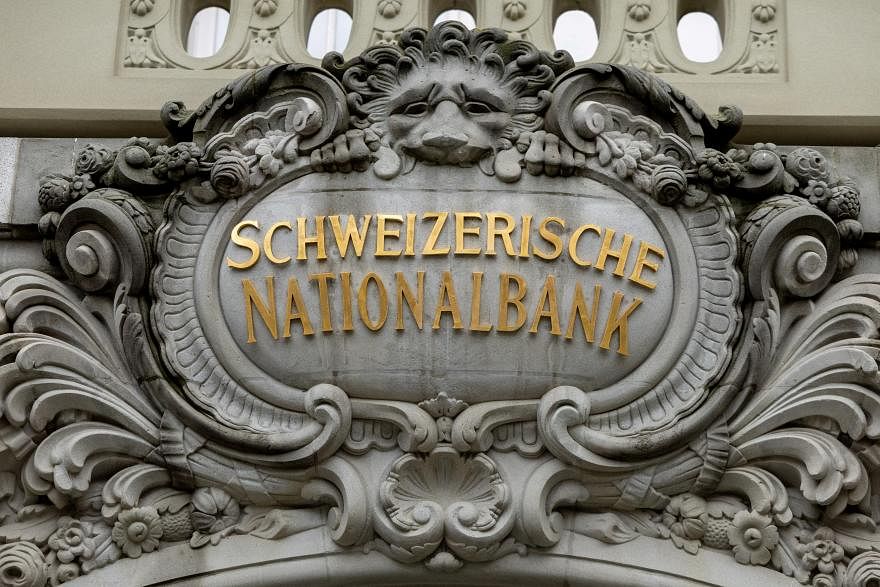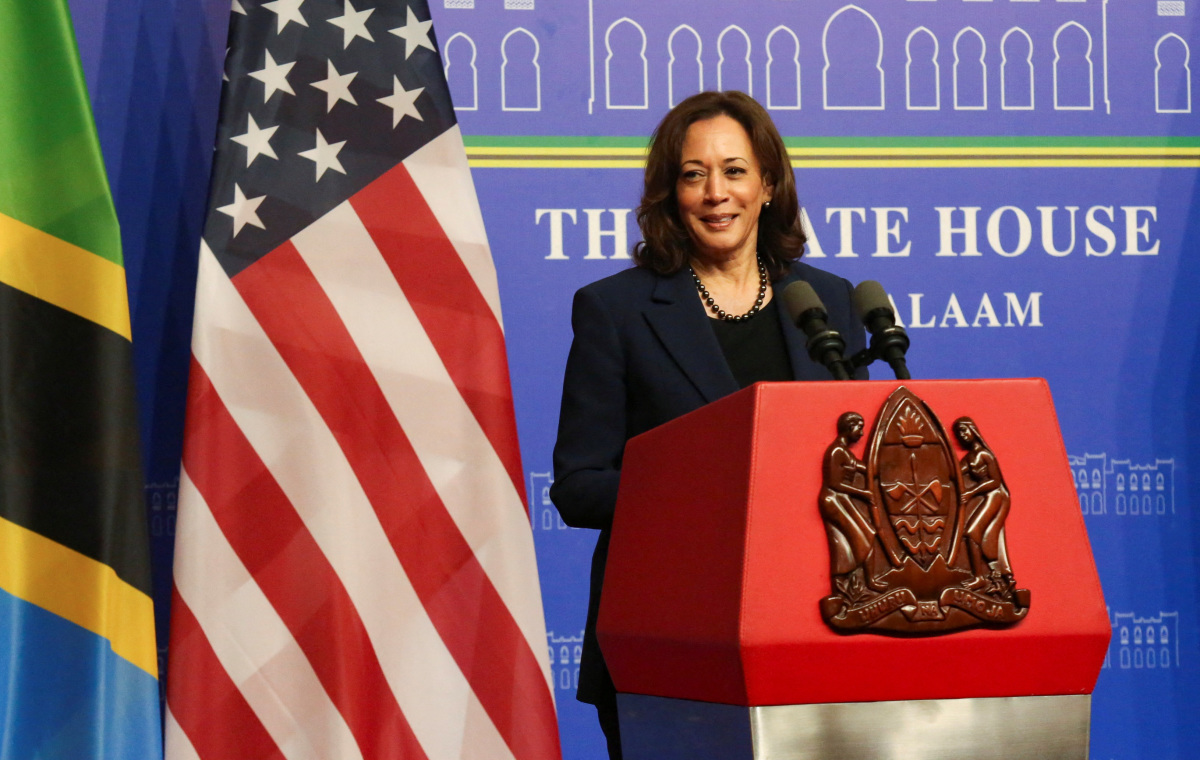THE US dollar headed towards a second week of gains on Friday (Mar 22), after a slight rate hike in Japan gave the yen a slight reprieve and a surprise cut in Switzerland highlighted the gap in interest rate policy between the Federal Reserve and other central banks.
The week marked a shift in global monetary policy as the Swiss National Bank and central banks in developing countries cut rates or indicated their intention to do so, with June the likely moment for the European Central Bank to move.
The dollar rose against all G10 currencies except the yen, as the relatively strong US economy and high interest rates kept the carry trade alive. But the Swiss rate cut, the first by a major central bank in Europe, marked a definitive shift.
Sterling dropped 0.5 per cent, hitting a one-month low at 1.258, after a 1 per cent drop on Thursday when the Bank of England left rates unchanged.
The Swiss franc, the best performing G10 currency of 2023, has lost about 1.7 per cent in value against the dollar during the week and about 6.8 per cent so far this year.
The dollar index rose 0.45 per cent while the currency weakened 0.12 per cent against the Japanese yen at 151.44 per dollar. The greenback is up about 1.5 per cent last week versus the yen.
Euro/yen hit its highest since 2008 last week at 165.37 and the Aussie broke above 100 yen for the first time since 2014. The euro hit a three-week low. It was last trading down 0.5 per cent at US$1.0806.
The Bank of Japan announced an historic shift out of negative short-term rates and longer-run yield caps, but it was so well telegraphed that the yen fell on the news.
Expectations for policy easing in China too have piled pressure on its currency, which dropped sharply in the onshore session.
It was last at 7.229 per dollar, while in offshore trading the dollar headed for its largest one-day rise against the yuan in a year, up 0.77 per cent to 7.2769. REUTERS







